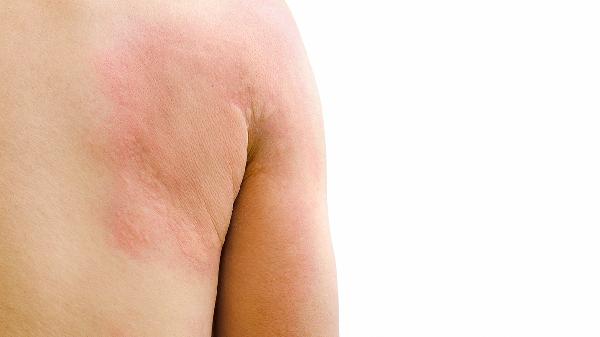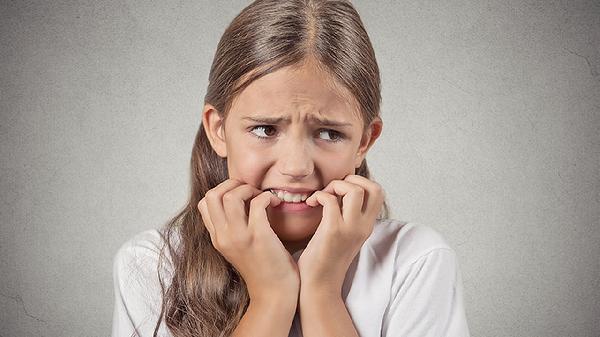If you've spent any time on TikTok lately, you've probably noticed two trends dominating the conversation: Ozempic and buccal fat removal. These topics aren't just passing fads—they're fueling a cultural obsession with quick fixes and "ideal" body types, often at the expense of real health. While Ozempic was originally designed to help manage diabetes, it's now being misused as a trendy weight-loss solution, leading to shortages for those who actually need it. Meanwhile, buccal fat removal promises a sculpted, high-cheekbone look—another example of how society keeps moving the goalposts on what’s considered "desirable." The irony? The wellness industry, which claims to promote health, is leaving many of us feeling worse about our bodies than ever before.
The Ozempic Obsession: A Shortcut with Consequences
Ozempic, a medication meant to regulate blood sugar in people with type 2 diabetes, has become the latest Hollywood hack for rapid weight loss. Celebrities and influencers flaunt their slimmer figures, sparking a frenzy of off-label prescriptions. But here’s the kicker: the results don’t last. Studies show that once people stop taking the drug, most of the weight comes right back. Worse yet, the demand from non-diabetic users has created shortages, leaving those who rely on Ozempic for medical reasons scrambling for alternatives. It’s a classic case of privilege in action—people with resources jumping on a trend while others pay the price.
Buccal Fat Removal: When Thin Faces Become a Trend
Then there’s buccal fat removal, the cosmetic procedure that’s taking over social media. The goal? A more angular, "chiseled" face by removing the natural fat pads in the cheeks. But unlike Ozempic, this trend isn’t reversible. Plastic surgeons are sounding the alarm, warning that removing too much buccal fat can lead to a prematurely aged, hollowed-out look—something many patients regret years later. Yet, the pressure to conform to this aesthetic is real, especially when influencers and magazines declare that "heroin chic" is making a comeback. It’s another example of how fleeting beauty standards can have permanent consequences.
The Wellness Industry’s Broken Promise
At its core, the wellness industry claims to promote health, but its messaging often does the opposite. Instead of encouraging sustainable habits, it sells the idea that our bodies are projects to be fixed—constantly tweaked to match whatever look is trending. The result? A generation of people with disordered eating habits, exercise compulsions, and a deep distrust of their own bodies. We’re told to "listen to our intuition," but how can we when every ad and influencer is shouting that we need to change?
Reclaiming Body Autonomy in a Trend-Driven World
So, what’s the antidote to this toxic cycle? First, recognizing that bodies aren’t trends—they’re as unique as fingerprints, and no amount of Ozempic or cosmetic surgery can change that. Second, demanding accountability from an industry that profits off insecurity. Whether it’s calling out irresponsible marketing or supporting movements that celebrate diverse body types, change starts with pushing back. Because at the end of the day, health isn’t about fitting into a mold—it’s about feeling good in the skin you’re in, no matter what TikTok says.
The conversation around Ozempic and buccal fat removal isn’t just about two viral trends—it’s about a culture that treats bodies like accessories. And until we start valuing health over hype, the cycle will continue. So next time you see another "miracle" weight-loss post, ask yourself: Who really benefits from this? Spoiler alert: It’s probably not you.
























